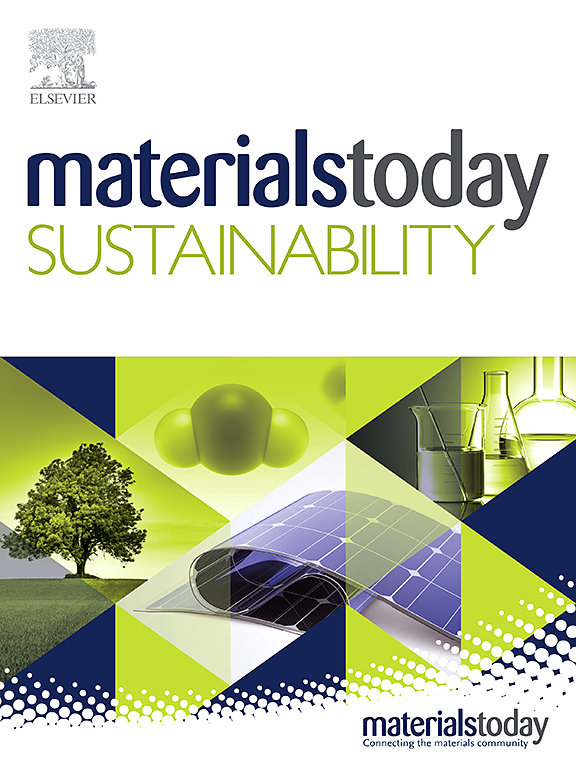Elucidating the synergy of layer-by-layer TMDC-TMN deposition for superior electrochemical performance in supercapattery devices
IF 7.1
3区 材料科学
Q1 GREEN & SUSTAINABLE SCIENCE & TECHNOLOGY
引用次数: 0
Abstract
Supercapatteric devices can combine the advantages of batteries and supercapacitors, addressing their individual limitations in power and energy density. This study focuses on enhancing the electrochemical performance of battery-grade electrodes through the strategic incorporation of transition metal dichalcogenides and transition metal nitrides, specifically tungsten disulfide. Utilizing the magnetron sputtering, we integrated conductive layers of chromium nitride and titanium nitride between substrate and WS2. Results of thorough electrochemical testing revealed that the initial specific capacity (Qs) of WS2 was 600 C/g. However, by incorporating interfacial layers of CrN and TiN, the Qs was significantly improved 830 C/g and 1230 C/g, demonstrating the substantial impact of interface engineering on overall performance of WS2. The fabricated supercapatteric devices, demonstrated exceptional performance, with WS2/CrN//AC achieving Qs of 950 C/g and WS2/TiN//AC reaching a Qs of 1100 C/g. Moreover, WS2/CrN//AC and WS2/TiN//AC attained power densities of 6800 W/kg (with 99.8 % capacity retention) and 7108 W/kg (with 99.9 % capacity retention), respectively, and energy densities of 98 Wh/kg and 135 Wh/kg, highlighting the superior performance and stability of WS2/TiN//AC. Additionally, for examining the diffusive and capacitive behaviors of devices, two different semi-empirical models were further used and compared. This work emphasizes the potential of interface engineering in enhancing the performance of hybrid energy storage (HES) systems.

求助全文
约1分钟内获得全文
求助全文
来源期刊

Materials Today Sustainability
Multiple-
CiteScore
5.80
自引率
6.40%
发文量
174
审稿时长
32 days
期刊介绍:
Materials Today Sustainability is a multi-disciplinary journal covering all aspects of sustainability through materials science.
With a rapidly increasing population with growing demands, materials science has emerged as a critical discipline toward protecting of the environment and ensuring the long term survival of future generations.
 求助内容:
求助内容: 应助结果提醒方式:
应助结果提醒方式:


